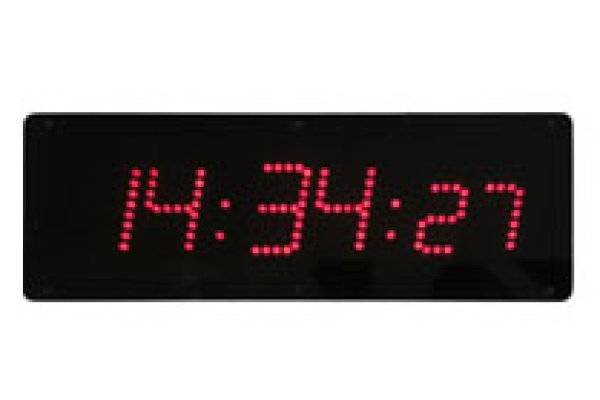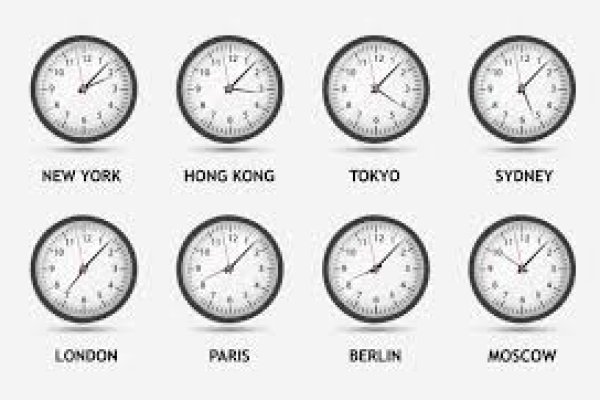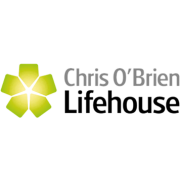Digital Wall Clocks
Digital Clocks - Configuration and Selection Guide - Which Clock is Right for You?
Selecting the right style and configuration of clock for your application can be challenging with hundreds of models and styles from which to choose. The following details the various configuration options.
Clock Format
Clocks are available with time only or with time and date i.e. calendar clock.
Time only display styles:-
- 4-digit - hours and minutes
- 6-digit - hours, minutes and seconds
- 6-digit configurable - hours, minutes and seconds OR hours, minutes and AM/PM
Time and Date display styles:-
- Time & Date - two rows - hours, minutes and seconds (top row) with alpha day, date and month (bottom row)
- 10-digit - two rows - hours and minutes (top row) with numeric day, month and date (bottom row)
- 15-digit - single row - hours, minutes, seconds, month (alpha) & date
LED Style & Colours
LED styles and colours are usually just a matter of personal preference or aesthetics. Different manufacturers
The available types of LED clocks include:-
- 7-segment LED
- Discreet LED - this type of display features numerals comprised of individual LEDs
- LED Matrix - this type is able to display numerals and alpha characters
The most common colour of LED used in clocks is Red. Red provides strong intensity with good readability. LED colours available across different clock manufacturers include:-
- Red
- Green
- Amber
- Blue
Size & Readability
Clocks are available with different numeral heights. This determines at what distance a clock is viewable. The height of the numerals is not the only factor as some LED styles are more easily seen at distance than others and some LEDs are brighter.
The following are the typical available numeral heights with the distance at which they are viewable:-
Numeral Height | Viewable Distance |
30mm (1.2") | 15m (50ft) |
50mm (2") | 15m (50ft) |
63mm (2.5") | 25m (75ft) |
100mm (4") | 30m (100ft) |
175mm (7") | 90m (300ft) |
305mm (12") | 180m (600ft) |
Clock Case & Mounting Styles
The standard clock case is black with a dark front lens and the clock is usually surface mounted. This combination of black case and dark lens provides the best contrast and makes the clock easier to read.
When it comes to clock cases and mounting options there are numerous other options:-
- Black colour case - surface mount
- Putty colour case - surface mount
- Off White colour case - surface mount
- Stainless Steel - surface mount
- Aluminium face plate - flush mount
- Stainless Steel face plate - flush mount
- Single sided clock - ceiling mount
- Single sided clock - cantilever mount
- Double sided clock - ceiling mount
- Double sided clock - cantilever mount
For external applications the clocks can either be housed in a weatherproof poly-carbonate housing or in some cases the clocks are available in a weatherproof version.
Time Base & Accuracy
All clocks require a time base as a source for displaying accurate time. Clocks have a processor that controls the display of time on the clock. The time in the processor has to be updated from a time source. Where this time is updated from and how accurate it is determines whether the clock is accurate enough for the installed application.
The time base can be internal or an external time reference. Originally computers, clocks and masterclocks relied on internal crystal oscillators to keep time. These crystal oscillators over time experience time drift which means that they become less accurate. Where synchronised time is important the most common time reference method utilised for clock systems is external where time is referenced back via the computer network or via GPS. The networking protocol that is used is either NTP or SNTP.
NTP (Network Time Protocol) & SNTP (Simple Network Time Protocol) Time Synchronisation
The original source for accurate time are a series of extremely accurate atomic clocks where the time is averaged between them to establish the master reference time. The United States Naval Observatory operates two such facilities. The time they provide serves as the main reference for all synchronised time. NTP and SNTP are the protocols that allow time servers, computer systems and devices (i.e. computers, clocks and master clocks) to synchronise the local time base to UTC (Coordinated Universal Time) resulting in an accuracy as low as a few milliseconds. The small inaccuracies are introduced based on the time taken to receive the data packet and update the local time base. Timeservers can be located remotely or locally and can provide timestamps on request for the purpose of synchronising time.
One type of timeserver is a GPS Timeserver. GPS Satellites have on-board atomic clocks which are synchronised back to UTC. This is GPS Time. GPS Timeservers have an antenna whereby they can receive the time updates. GPS Timeservers can be the timeserver for domain connected to the internet or for a secure computer network that does not have an external connection. They are also commonly used to synchronise the time to individual clocks, clock systems, security systems and CCTV recording systems. Anywhere that accurate time is required.
Stand Alone - Non NTP Clock Synchronisation
It isn't always practical or necessary to connect a clock or master clock system to the computer network or a GPS Timeserver to receive updates. There are a number of other alternatives some of which are highly accurate.
- XO (Crystal Oscillator) - used in budget stand alone analogue battery clocks - accuracy 10 minutes per year
- TCXO (Temperature Compensated Crystal Oscillator) - used in stand alone digital clocks - accuracy 1 minute per year
- OCXO (Oven Controlled Crystal Oscillator) - used in DuraTime Wireless Master Clocks and BRG World Time Displays - accuracy 1 second in 20 years
- DOCXO (Double Oven Controlled Crystal Oscillator) - optional in DuraTime Wireless Master Clocks and BRG World Time Displays - accuracy 1/10th second in 20 years
- RbXO (Rubidium Atomic Clock Oscillator) - optional in DuraTime Wireless Master Clock - accuracy 1/10th second in 60 years
Wiring & Power Source
- Syncroline Clock System - 1.5mm2 Fig 8 "daisy chained" cable provides both 24vDC power and data
- PoE (Power over Ethernet) Clocks - Cat5/6 data cable from a powered switch provides power and data
- Network Clocks - Cat5/6 data cable from a switch provides data and a GPO provides power
- World Time Clocks - GPO provides power & Cat5/6 data cable may be required
- DuraTime Wireless Digital Clocks - GPO provides power
- DuraTime Analogue Wireless Clocks - No cabling required - battery powered











